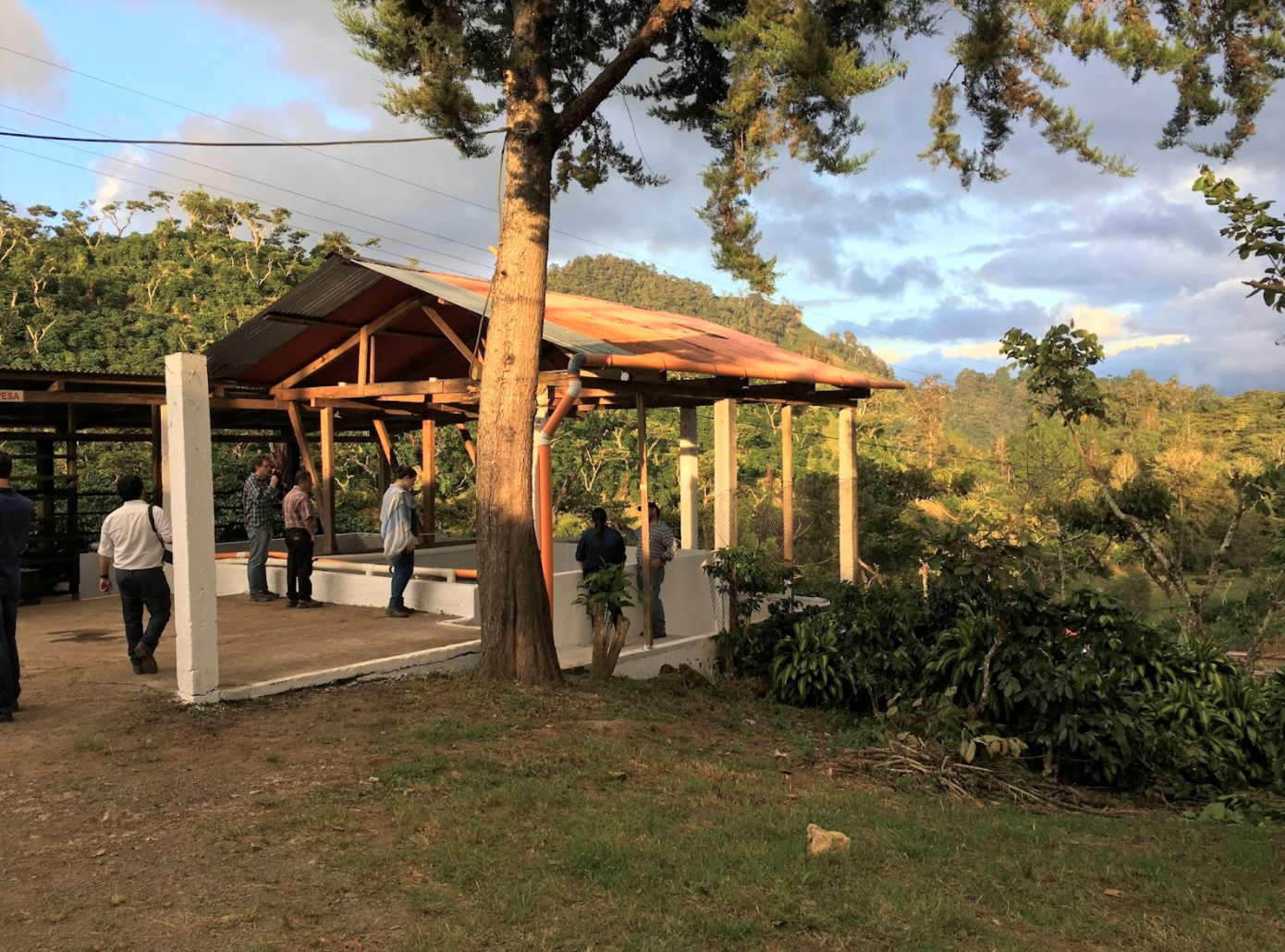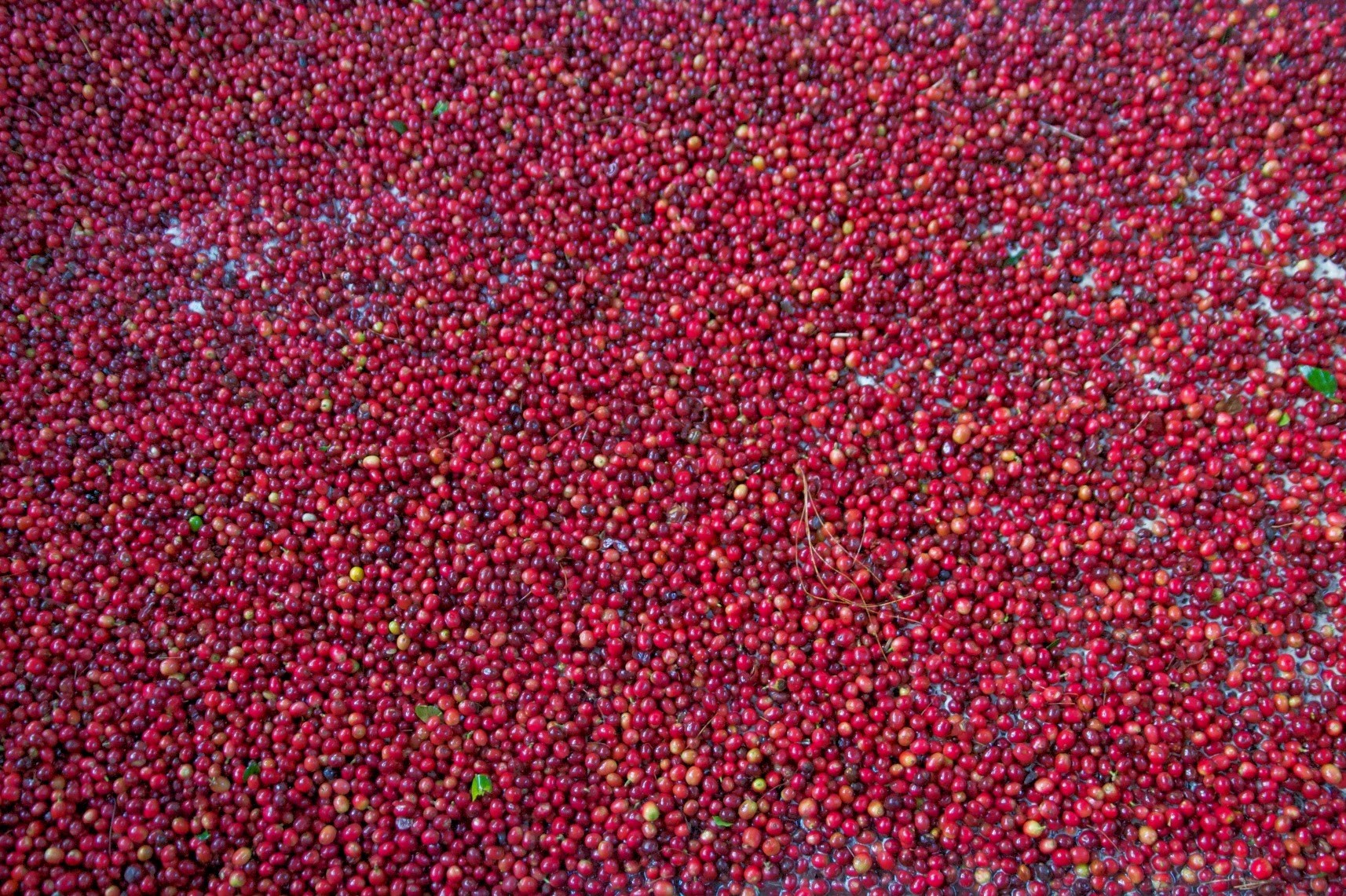Crown Jewel Guatemala San Cristobal Luis Valdés Washed CJ1492 – Lot 51 – 28356 – SPOT RCWHSE
Position Spot
Boxes 0
Warehouses Oakland
Flavor Profile Watermelon, apple butter, caramel, milk chocolate
Out of stock
overview
Overview
This is a traditional washed coffee from the Cobán region of Alta Verapaz, Guatemala, produced by Luis “Wicho” Valdés on his farm, Finca Santa Isabel.
The flavor profile offers hints of sweet fruits like soft lemon and a nostalgic reminder of apple butter, underpinned by a deep fudgy body and the sweetness of sugar browning.
Our roasters found the coffee to be a little late to show color change and to be quiet at first crack.
When brewed, our baristas recommend a standard coffee to water ration, a long bloom time, and coarser grind to make the most of the silky body and sweetness.
taste
Taste Analysis by Chris Kornman
A refreshingly easygoing coffee that belies a subtle harmony of flavors, this sweet, clean offering from Wicho Valdés in Guatemala is an excellent example of overlooked qualities from uncommon origins.
On the cupping table, sample roasts showed off initial hints of ripe Meyer Lemons and guava, while production roast trials offered deeper tones of fudge, milk chocolate, brown sugar, and even delightful hints of cayenne pepper. We noted a sweet nuttiness that played well with a nostalgic apple butter note we loved, and have already roasted our first batch to serve as a cold brew at The Crown.
source
Source Analysis by Charlie Habegger
“Stopped in our tracks” might be an appropriate description of the effect this coffee had on us when we first cupped it a few years ago. Such lush tropical fruit notes and zesty acidity accompanied by delightful sweetness and velvety mouthfeel, we kept coming back to this coffee from the Cobán region of Guatemala, part of the country’s rainforest-covered Alta Verapaz department, to have another taste.
Most roasters have ample experience with southern or western Guatemala thanks to the proliferation of balanced and caramel-sweet profiles across these regions, their robust producing history and established infrastructure, and enduring reputations in the specialty world. Cobán, on the other hand, tends to be overlooked in specialty buying, despite being one of the country’s top producing regions and having an official quality designation by Guatemala’s own national coffee sector, Anacafé. And, despite having producers like Luis Valdez who, in our opinion, is one of the best anywhere in Central America.
Finca Santa Isabel is a 70-hectare estate in just outside the town of San Cristóbal Verapaz, down the highway from the region’s namesake city of Cobán. Luis Valdés, affectionately called “Wicho” to distinguish him from his father and grandfather who are also named Luis, has been running Santa Isabel, and the family’s adjacent farm San Lorenzo, since 1999. Wicho started following his father around the estate when he was young and later earned an agricultural engineering degree before taking the reins. Constant humidity and precipitation year-round in this area creates some extremely complex challenges for processing and drying in particular. So much so that coffee from Cobán is often stereotyped as being heavy in the cup and dull, or earthy.
Wicho, however, has used his life-long experience and education to overcome this obstacle. The entire estate is terraced to protect against erosion during the heavy summer rains. Wicho has also created several different drying strategies (raised beds, greenhouses, and mechanical dryers) to cope with the unpredictability of winter rains during the harvest. Each dried outturn of coffee is conditioned and then cupped and grouped into individual profiles; the “floral” profile is created with individual day lots that Wicho and his partners believe express the most complex and effusive aromatics of the harvest.
Dried parchment is taken from the estate to a dry mill in Guatemala City. San Isabel is equipped with multiple pieces of equipment to sort green coffee typical in most dry mills, such as, gravity beds, screens and electronic eyes. The mill also has a piece of equipment called a catadora, which is placed immediately after the dehuller and operates like a wind channel to remove broken and less dense coffee beans. Mild weather in Guatemala City provides ideal conditions for storing parchment in the warehouse until it is time to export.
In the past 10 years Wicho’s coffee has become some of the most sought-after in Guatemala. He is a kind, studious, experienced, and determined coffee producer capable of managing great complexity. A normal day during harvest includes calibrating 500 pickers on each variety in the field, daily processing, multiple simultaneous drying scenarios, over 200 hectares of coffee and forest management to keep thriving, experimental variety plots to plan, and a constantly threatening climate to monitor hour by hour. It takes quite a producer to get all the variables just right.
green
Green Analysis by Chris Kornman
This mix of cultivars from both legacy Bourbon and Caturra trees as well as more resilient hybrids like Obata and Sarchimor is unsurprisingly a little wide in screen size distribution because of the many tree types. Overall, it still falls within the typical European Prep “EP” range we commonly see in Central America and skews a little on the large side.
While the density looks fairly normal, and maybe even exceeds expectations for coffees grown at the moderate elevations of Wicho Valdés’ farm, the moisture content is a little on the high side, with a water activity above average. In good storage conditions these figures shouldn’t present a problem, just be sure to keep the coffee sealed up between uses. You’ll likely find that the coffee may need a little extra time in drying phase during roasting to help gently remove the water content.
diedrich IR-5
Diedrich IR-5 Analysis by Doris Garrido
To start roasting this coffee from finca Santa Isabel produced by Luis Valdez from the Coban region in Guatemala I took into consideration the sample roast we previously did, and the metrics that showed an average 11.8% moisture content plus average density.
Starting roasting at 432 F / 70% gas with a turning point of 1:30 min / 191.5 F, then I increase a 100% gas keeping it for around 2 minutes and start dropping it at minute 4:30, first to 45% and follow for the lowest 30% just a few seconds later. Coffee starts coloring at 309 F. For air flow I started 50% before color change and 100% as soon as I hit first crack.
I noticed that this coffee start cracking softly, and I needed it to visually make sure that was happening; I marked it at 380 F. First crack started at a rate of rise of 22/60 seconds and that was not ideal, that made me take the decision of killing the burners a few seconds before dropping the coffee with a final time development of 1:16 / 399 F. Next, I took the color track reading: 53.19, not bad at all.
Brown Sugar, butter, caramel, Lemon, lime leaf, papaya, almonds, tamarind, white chocolate. I would say: a clean caramelized sweetness in this coffee, with balanced acidity, round body, and pleasant aftertaste. Pretty soon it will be on our menu as I will be roasting it for the bar here at the crown, come to taste it!
aillio bullet r1
Aillio Bullet R1 IBTS Analysis by Evan Gilman
Unless otherwise noted, we use both the roast.world site and Artisan software to document our roasts on the Bullet. You can find our roast documentation below, by searching on roast.world, or by clicking on the Artisan links below.
Generally, we have good results starting our 500g roasts with 428F preheating, P6 power, F2 fan, and d6 drum speed. Take a look at our roast profiles below, as they are constantly changing!
Having a sweet and fudgy Guatemalan coffee come through this time of year seems unlikely, but certainly we’ve adjusted our expectations of when coffees come in and haven’t been disappointed with arrivals from Central America. Least of all this one, which checks all the sugary sweet boxes, marks heavy and dark. I knew from the outset that this coffee would work well with a sugar-focused roast profile due to the higher-than-average moisture content and water activity, but that I’d need to be gentle with heat application near the end of the roast.
I started off with a slightly higher heat application and charge temperature, P8 and 437F respectively, but the usual F2 fan speed. My contemporaries were correct in noting that it would take a little extra time and effort to move through Green/Drying phase, and my reduction of airflow after Turning Point gave a little extra push until 2:10 / 268F when I engaged F3. I kept these parameters until I marked Yellowing at 4:30 / 325F, reduced power to P7, and increased fan further to F4. I reduced fan speed to F3 for 45 seconds at 350F as it seemed my RoR was declining a little too quickly for comfort, but returned to F4 and increased to F5 just after First Crack. Strangely, my rate of rise went completely haywire after crack, jumping between 10 and 16 degrees per minute until it settled into roughly 9F/min through Post-Crack development.
Despite any wackiness, this coffee came out delicious. Deep brown sugar sweetness presided, while syrupy pear flavor persisted in the back of my palate, with a gentle spice note coming through in the finish. Nutmeg? Almond paste? There was something deliciously ‘Constant Comment’ about it, and I mean that in the best possible way. This is a coffee that will remind you of grandma’s house.
And I recommend it for pretty much any brew method. I do believe suspended solids will reinforce the rich body of this coffee, but I see the case for a clean filter drip as well. Certainly I’d love to see this as an espresso, or in a cortado. Yum factor off the charts!
You can view this roast on roast.world here: https://roast.world/@egilman/roasts/wnl-_a7bIej9gDtb9Xeba
brew
Brew Analysis by Josh Wismans
Drinkable might seem like a reductive and simple way to describe a coffee, but it comes from us as a high compliment. This coffee from Luis Valdes is a brewers delight and showcases the power of a classic profile. Subtle fruit, chocolatey and fudgy sweetness, and clean acidity define this exceptional coffee.
We reached for the F70 after cupping this coffee, hoping to highlight the robust yet silky body through the flat bottom brewer, while still preserving the cleanliness of the crisp acidity. For our first brew we used a 9.5 on the EK43s with a 15.78 coffee to water ration. Combined with a longer bloom time to help increase the solubility of the coffee, we achieved a TDS of 1.45 and a cup that had pronounced fudge, cranberry, and a touch of spice.
On our second brew, we coarsened the grind to 10.5, maintained a long bloom, and repeated the coffee to water ration. While the TDS remained similar, the resulting cup was cleaner while still retaining the big and silky body that we’ve noted several times throughout this analysis. Also present was a bit more of a crisp blackberry acidity that felt more refined than the cranberry of our previous brew.
Overall, we recommend a standard coffee to water ration, a long bloom time, and coarser grind that you may usually use for a Central American coffee.





